David, Michelangelo, 1501-1504
The Atlas (unfinished), Michelangelo, 1530-1534
The Atlas appears to be emerging from the stone, perfectly illustrating Michelangelo's quote: “Every block of stone has a statue inside it, and it is the task of the artist to discover it.”
As the school year wraps up and spring takes hold of my garden I begin to purge, eradicate, prune, cut, remove to clear out, make room and reveal the beauty in simplicity and give space for things to grow into their potential. A lot of my life right now is about subtraction. There are artists that work this way to uncover and create their vision through subtraction.
See
Look at the different art forms to witness the effect of subtraction as a technique for creation!
Subtractive sculpture refers to the process of removing pieces of material to achieve the desired design. Materials like Clay, stone, styrofoam, plaster and wood can be carved (subtraction) to create the desired form.
Segei, Juliana Paradisi
A sculptor created a face from a lump of clay. With deft fingers, he tore into the pliable medium, pulling away bits and pieces. A pair of sightless eyes, cheekbones, a nose, and finally lips appeared out of the shapeless mass. No clay was added to create the facial features. Throughout the process, clay was only removed to reveal a face in the inanimate material. -JParadisi
Paper cutting has its roots in ancient civilizations like China, where it was a well-liked folk art form. Its origins may be traced back thousands of years. Jianzhi, or the Chinese art of paper cutting, has been practiced since the sixth century. (Medium) All Minnesota kids learn to cut paper snowflakes. Did you learn how?
Heart of Spring, Pippa Dyrlaga
Subtractive drawing is a technique in which the drawing surface is covered with graphite or charcoal and then erased to make the image. In a subtractive drawing approach, the artist lays the chosen medium across a surface (paper) and then uses a mark making tool (eraser) to pull out highlights and midtones. The end result focuses on shapes and shadows, which emerge from the dark background.
Tomiwa with Arms Crossed, Mary Borgman
Untitled, Hilary Brace
Brace’s charcoal drawings are made in a reductive manner by first darkening the entire surface with charcoal and then removing the medium with various hand-made tools, allowing the image to emerge through chance and intuition.
Relief Prints commonly done by carving into wood, linoleum and even styrofoam. An image is cut or gouged from a material (subtraction). The surface is inked and paper laid on top, with printing accomplished either by rubbing manually with a spoon or similar tool, or on a printing press.
The Faces of My People, Margaret Taylor-Burroughs, 1990
Say
I realized that the art of living well — like sculpting — is a process of subtracting clutter and revealing purpose. Juliana Paradisi
Can you share some examples of how subtracting (tasks, clutter, obligations) has brought more clarity and purpose to your life?
What might letting go of something reveal to you? List 5 things you might consider letting go of?
Which of the art forms above would you be most interested in trying?
Do
Want to have the experience of subtractive sculpture with household materials? Try soap carving!
Make an interesting paper cut. Try a Papel Picado!
Try making a Styrofoam Relief Print. Reuse those non-recyclable food containers!
Join Wonder Mob, a community of ‘wonderers’ like you! MN Readers, sign up for summer camps and classes! Please share your reflections with me by replying to this post, or post and tag my Wonder Wander Facebook or Instagram pages!


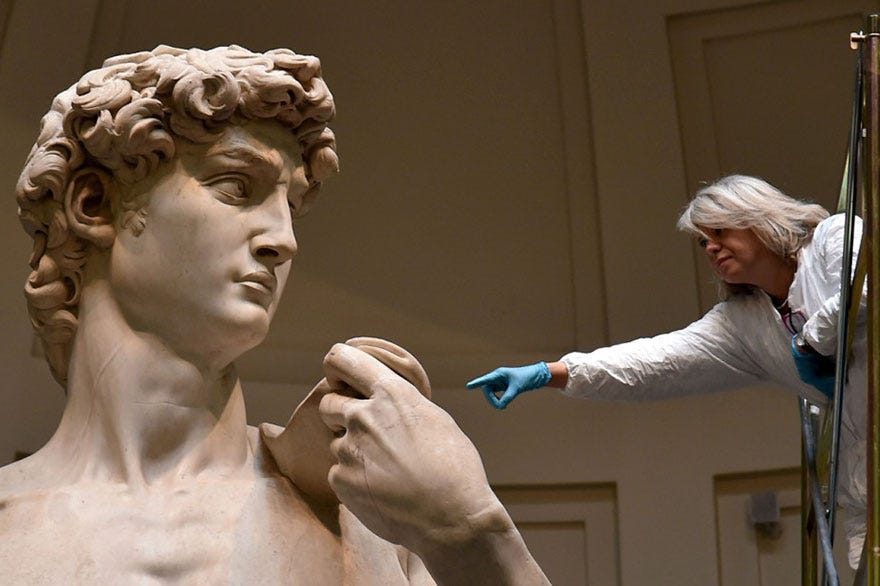
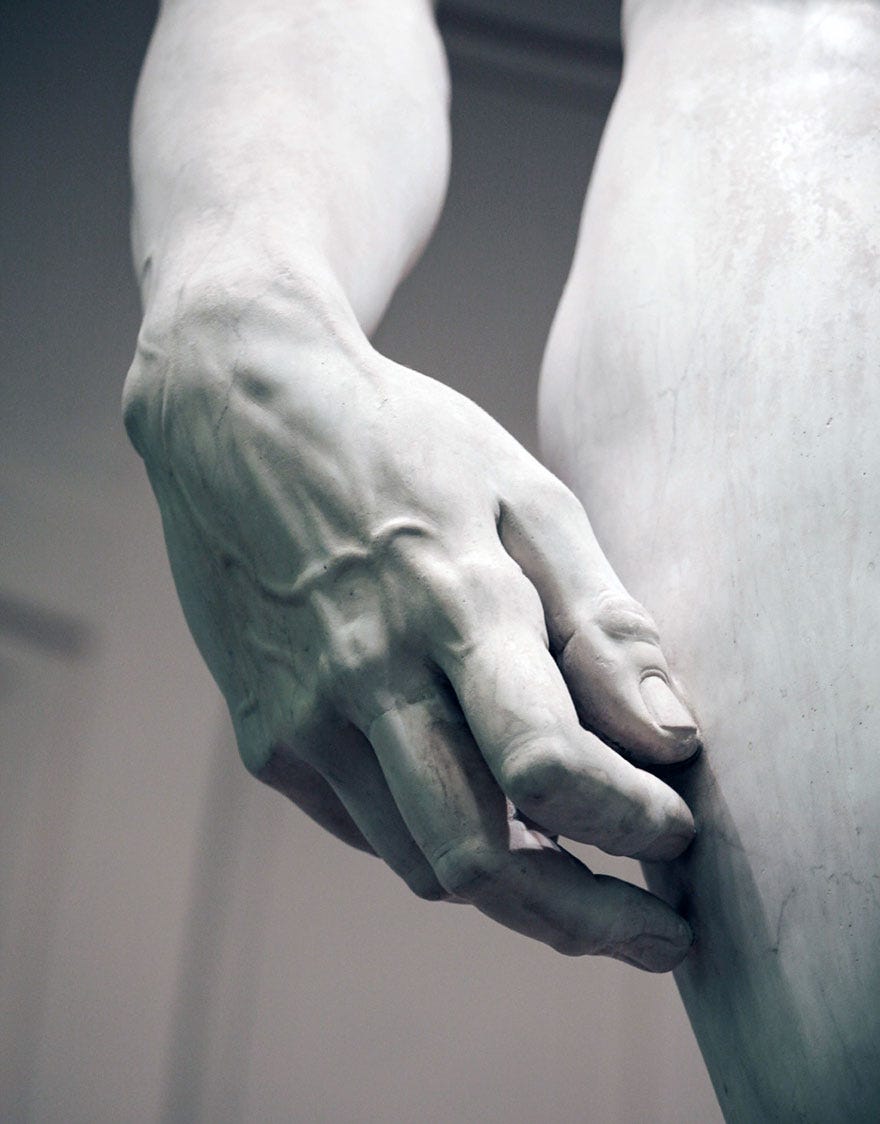

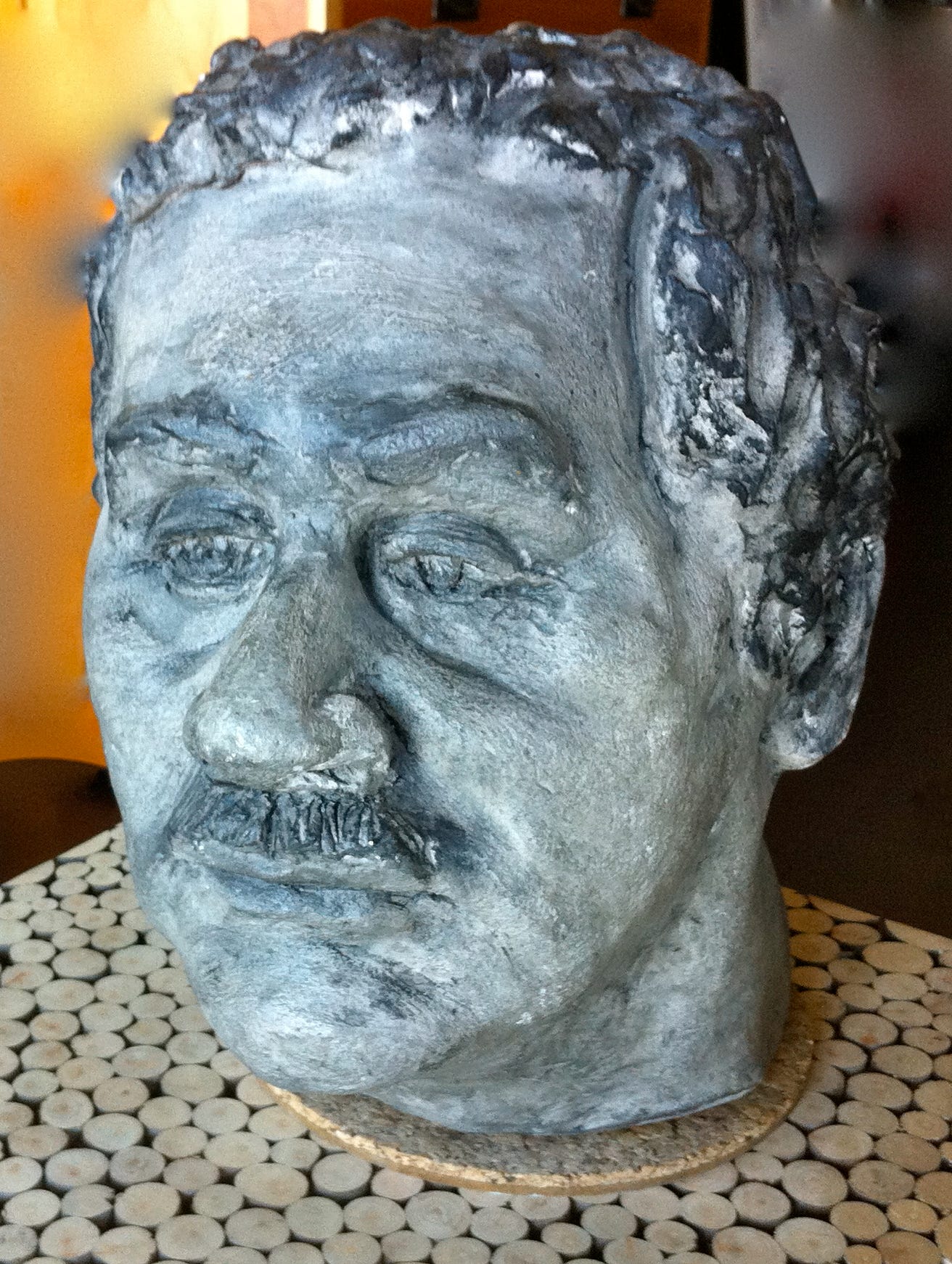
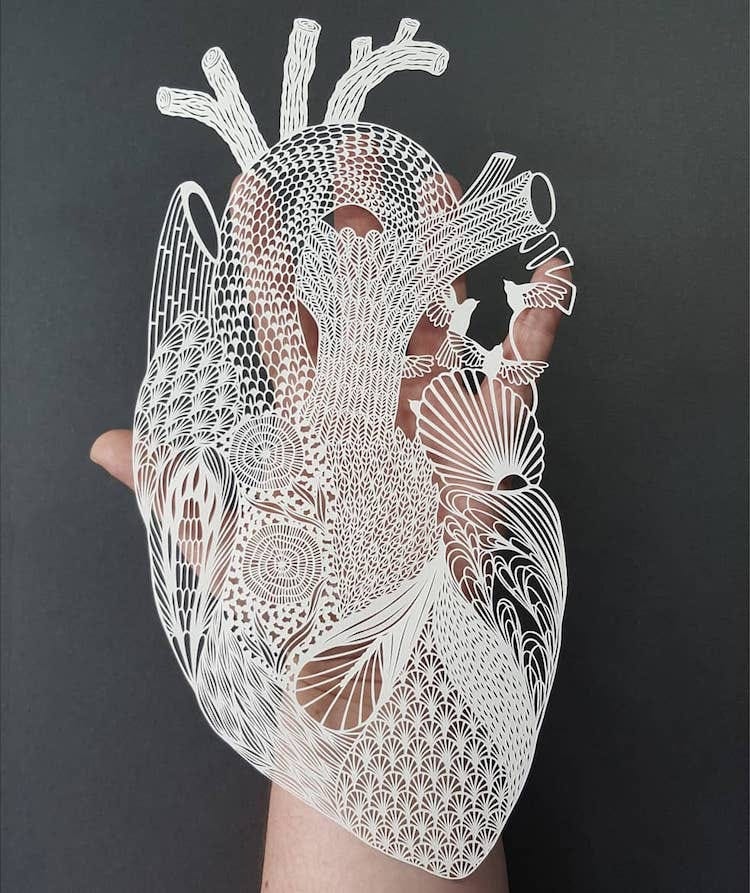

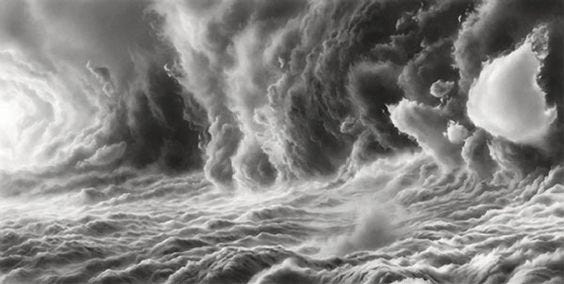




Such great timing for me, as I prepare for a wedding of my oldest son. Reducing clutter, working the garden and preparing for a possible rainy event. Your reminder that art matters, life is fleeting and so very interesting opens my heart to all possiblities.
Amazing